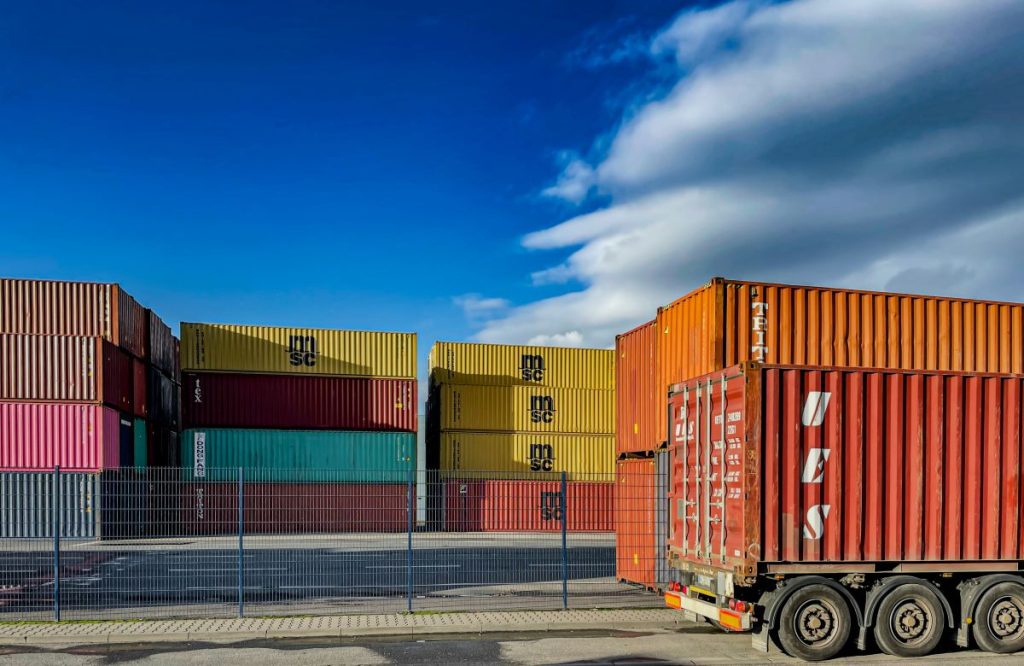The proposed tariffs on foreign-made goods, a central issue in the former President Donald Trump’s campaign, have sparked fears among retailers. Trump’s assertion that the U.S. would generate billions in revenue from exporting countries paying these tariffs has been met with skepticism. Analysts and importers clarify that tariffs are paid by the importer, not the producing country, and these costs are ultimately passed on to the consumer. Matt Shay, CEO of the National Retail Federation (NRF), describes tariffs as a consumer tax and a temporary tool for trade negotiations when used strategically and sparingly.
The Impact of Tariffs on Households and Retailers
Estimates by the Peterson Institute for International Economics suggest that existing import tariffs cost households between $1,500 and $3,000. However, this figure could rise to an average of over $4,000 under a second Trump administration. As retailers plan for 2025, Shay states that the impact of tariffs and other business-centric policies will depend on the election outcome. He emphasizes the importance of preserving pro-growth tax policies, citing the 2017 tax act that reduced corporate taxes from 35% to 21%, aligning the U.S. more closely with other OECD countries.
Record Retail Sales Amid Port Strikes
Despite the recent strike by the International Longshoremen’s Association union that briefly halted container handling at East Coast ports, the NRF forecasts end-of-year holiday retail sales to be 2.5%-3.5% higher than in 2023. This equates to a record total spending of $979.5 billion-$989 billion in November and December. Shay credits the acting Labor Secretary and the director of the National Economic Council for their roles in reopening the ports and hopes for a fair deal between the ILA and port employers to avoid future service interruptions.
The surge in consumer spending could be dampened due to the proposed tariffs on foreign goods, which are viewed as a consumer tax. It remains to be seen how these policies will impact households and retailers moving forward, as they navigate the consequences of trade negotiations and potential economic shifts.



